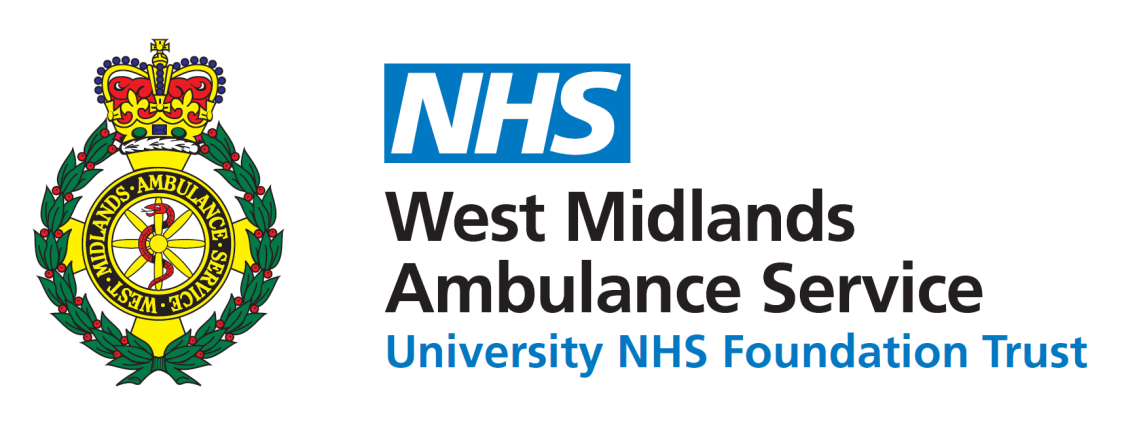This study explored how muscle loss (sarcopenia) and frailty affect male and female patients undergoing haemodialysis (a treatment for kidney failure). Researchers used ultrasound to measure muscle mass and analysed data from 223 participants. They found that males had a higher prevalence of low muscle mass, which was linked to weaker hand grip strength and slower walking speed. In both males and females, low muscle mass was associated with slower walking. Sarcopenia increased the likelihood of frailty in males but not in females. The study highlights the different ways sarcopenia affects men and women on haemodialysis and suggests the need for further research to develop tailored treatments.
Abstract
Background. There has been little exploration of the interplay between sarcopenia and frailty in haemodialysis, particularly regarding gender difference. We aimed to (1) assess whether ultrasound-derived low muscle mass (LMM) and sarcopenia are more common in male or female haemodialysis recipients; (2) assess whether age influences any observed gender difference, and (3) explore the interplay between sarcopenia, frailty, and gender in haemodialysis recipients. Methods. This was an exploratory analysis of a subgroup of adult prevalent (≥3 months) haemodialysis with frailty phenotype (FP) scores. Bilateral anterior thigh thickness (BATT) was obtained according to an established ultrasound protocol. Associations with frailty were explored via both linear and logistic regressions for BATT, LMM, and sarcopenia with a priori covariables, stratified by gender. Results. In total of 223 studies, participants had ultrasound measurements. Males showed greater prevalence of LMM. On adjusted analyses, LMM was associated with lower hand grip strength in males (β = −4.17; 95% C.I. −7.57 to −0.77; P = 0.02), but not females (β = −1.88; 95% C.I. −5.41 to 1.64; P = 0.29). LMM was also associated with slower walking speed in both males (β = −0.115; 95% C.I. −0.258 to −0.013; P = 0.03) and females (β = −0.152; 95% C.I. −0.300 to −0.005; P = 0.04). Sarcopenia was associated with greater odds of frailty on adjusted models in males (OR = 9.86; 95% C.I. 1.8 to 54.0; P = 0.01), but not females (OR = 5.16; 95% C.I. 0.22 to 124; P = 0.31). Conclusions. The clinical expression and significance of sarcopenia differ substantially between males and females on haemodialysis. Further work is required to elucidate underlying mechanisms and guide tailored treatment.
Authors: Benjamin M Anderson, Daisy V Wilson, Muhammad Qasim, Gonzalo Correa, Felicity Evison, Suzy Gallier, Charles J Ferro, Thomas A Jackson, Adnan Sharif




